Retro Replay Review
Gameplay
Magic Boxes delivers a cerebral challenge that combines arithmetic prowess with spatial reasoning. At its core, you’re presented with a four-by-four equation lattice, devoid of both numbers and operators. Your task is to fill each cell accurately so that every row and column reads as a valid equation. This simple premise quickly evolves into a deeply satisfying puzzle experience as the grid’s constraints force you to consider multiple possible placements for each symbol and number.
(HEY YOU!! We hope you enjoy! We try not to run ads. So basically, this is a very expensive hobby running this site. Please consider joining us for updates, forums, and more. Network w/ us to make some cash or friends while retro gaming, and you can win some free retro games for posting. Okay, carry on 👍)
The bottom of the screen hosts a pool of digits and mathematical operators that you must deploy strategically. Once selected, each element disappears from the pool and occupies its assigned position on the board, adding an element of resource management to the logic puzzle. This mechanic ensures that every move carries weight—you can’t simply guess your way through, as running out of a critical operator will leave you stuck and require you to rethink your entire approach.
Difficulty ramps up steadily, with early puzzles helping you grasp the fundamentals of balance and elimination. Mid-game challenges introduce trickier configurations that force you to juggle multiple partial equations simultaneously. The mental workout this game provides is substantial; you’ll find yourself developing elimination techniques and pattern-recognition strategies to crack the most stubborn grids.
For those who relish number-based riddles, Magic Boxes hits a sweet spot between accessibility and depth. If you’re new to this genre, the game’s clear interface and incremental difficulty curve will ease you in. Veterans of logic puzzles, meanwhile, will appreciate the variety of lattices on offer and the mental gymnastics required to solve them.
Graphics
The Apple II version of Magic Boxes stands out thanks to its hi-res graphics, which lend the number-and-operator tiles a crisp, easily distinguishable appearance. Each tile is neatly delineated, ensuring that even long play sessions won’t lead to visual fatigue. Subtle color cues guide your focus across rows and columns, helping you track which equations are already complete and which still need attention.
In contrast, the PC version opts for a colored text-mode display, a reflection of its era and the limitations of early IBM-compatible machines. While less polished than the Apple II’s graphical presentation, the PC iteration holds its own through bright, contrasting text colors that separate numbers from operators. Thanks to clever use of character-based graphics, the grid remains legible and functional, even if it lacks the pixel-level finesse of its Apple counterpart.
Regardless of platform, Magic Boxes employs a clean, uncluttered UI that puts the puzzle center stage. There are no distracting animations or superfluous visual effects—just your lattice and the pool of symbols below. This minimalist approach ensures that your full attention stays on solving the equations rather than wading through flashy transitions or menus.
Overall, the graphics are a perfect match for the game’s cerebral nature. By avoiding visual gimmicks, the developers let the puzzles shine, proving that clarity and functionality can be just as compelling as cutting-edge visuals.
Story
Magic Boxes doesn’t lean on a narrative in the traditional sense; instead, it tells a story through escalating puzzle design. Each completed grid feels like the closing of a chapter, rewarding you with the quiet satisfaction of intellectual conquest rather than cutscenes or dialogue. This stripped-down approach places pure focus on the gameplay and allows you to become the hero of your own math-driven adventure.
That said, the historical context adds an intriguing layer to the game’s backstory. On the PC side, Magic Boxes holds the distinction of being John Romero’s first released title for the platform, coded in Pascal and showcasing his early design sensibilities. Knowing that one of the legends of modern game development cut his teeth on a text-mode logic puzzle can lend each session an extra dash of nostalgia and respect for how far he—and the industry—have come since.
For Apple II enthusiasts, the hi-res edition of Magic Boxes slots seamlessly into the system’s legacy of brain-teasing titles. The absence of an elaborate plot is consistent with many classic puzzle games of the era, where gameplay itself served as the narrative engine. As you move from one challenge to the next, you sense an unspoken progression—each puzzle more intricate than the last, as if the game is quietly celebrating your growing mastery.
In today’s landscape of story-driven epics, Magic Boxes is a reminder that compelling experiences need not rely on sprawling lore. Sometimes, the best stories are told through well-crafted challenges, where your own intellect and perseverance shape the narrative.
Overall Experience
Playing Magic Boxes feels like sitting down for a session of pure cerebral exercise. There’s no hand-holding, no tutorials that hold your hand through every step—just you, a grid, and a finite set of symbols to fit perfectly. This design philosophy yields a deeply engaging experience, especially for puzzle aficionados who value autonomy and depth over guided progression.
The dual-platform history of the game enhances its charm. Whether you choose the Apple II hi-res version or the PC text-mode release, you’re tapping into a slice of gaming history. The Apple edition offers a sharper visual polish, while the PC iteration carries the nostalgic weight of early Romero craftsmanship. Both deliver the same core puzzle satisfaction, giving you options depending on your preferred retro setup.
Magic Boxes’ minimalist presentation and unwavering focus on logic make it a standout in the puzzle genre. It’s a game you can pick up for ten minutes or ten hours, and either way you’ll emerge mentally refreshed (or delightfully frustrated) depending on how stubborn the final equation proves. The absence of bells and whistles means there’s nothing to distract you from the central challenge, and that can be a rare treat in an age of feature overload.
For buyers seeking a timeless brain-teaser with historical pedigree, Magic Boxes is well worth exploring. Its clever blend of arithmetic puzzles and resource management provides a level of engagement that remains as compelling today as it was at release. If you enjoy testing your wits and savoring that “aha!” moment when a tricky grid finally falls into place, Magic Boxes is the perfect companion for your next puzzle marathon.
 Retro Replay Retro Replay gaming reviews, news, emulation, geek stuff and more!
Retro Replay Retro Replay gaming reviews, news, emulation, geek stuff and more!
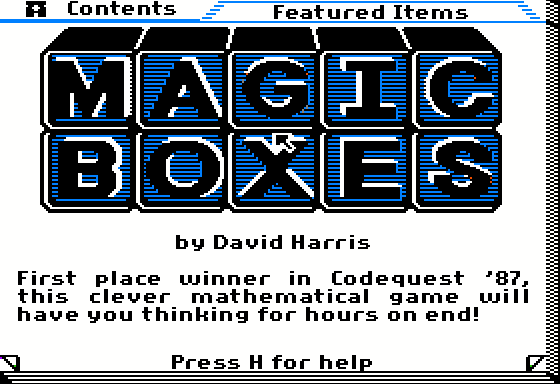

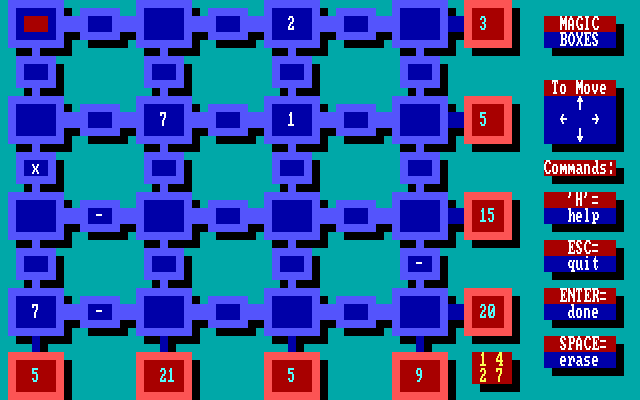
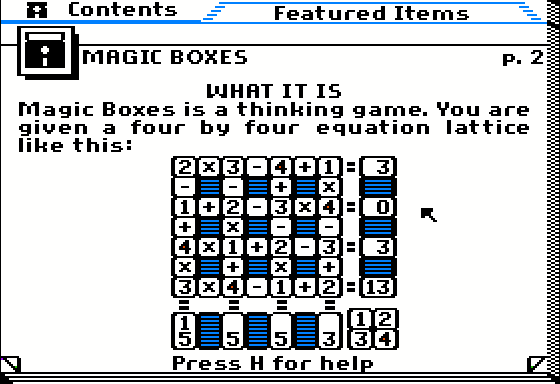
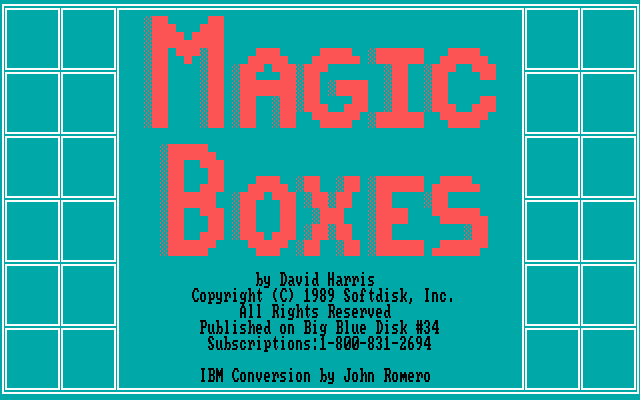


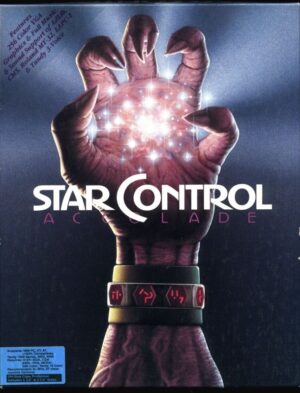
Reviews
There are no reviews yet.